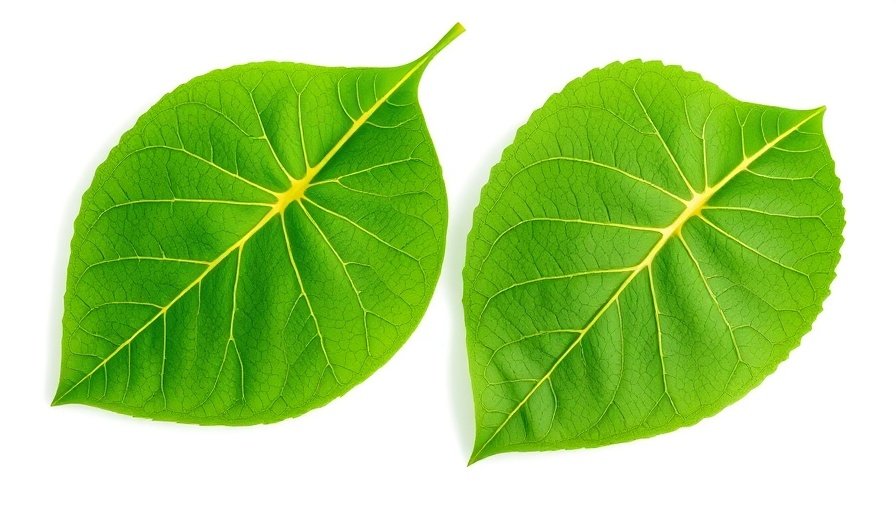
Innovative Advances in Sustainable Farming
A recent breakthrough in agricultural biotechnology has led to the engineering of Camelina sativa, an oilseed crop that now produces high levels of astaxanthin, a powerful antioxidant commonly used to enhance the color of farmed salmon and shrimp. Conducted by a collaborative team of researchers from the US and the UK, this innovation offers a viable, sustainable alternative to synthetic astaxanthin, addressing environmental and economic challenges posed by current production methods.
Understanding Astaxanthin: A Treasure of Nature
Astaxanthin is a member of the ketocarotenoid family and is valued for its antioxidant capabilities. Unlike many compounds that demand extensive synthesis from natural resources, astaxanthin's production has traditionally relied on algae or costly chemical processes. By using plant-derived genes from the scarlet flax flower (Adonis aestivalis), researchers opened a new pathway for astaxanthin biosynthesis directly within the oilseed crop, making it more efficient and environmentally friendly.
The Science Behind the Breakthrough
The engineering process involves a methodical insertion of genes into the plant's metabolic pathways, specifically tailoring it to effectively convert β-carotene into ketocarotenoids. Impressively, this innovation yielded astaxanthin levels as high as 47 micrograms per gram of seed. Consequently, this oil not only showcases enhanced coloring properties but also exhibits greater resistance to oxidation, which could be beneficial for the food industry looking for stable, plant-based ingredients.
Field Trials and Real-World Applications: A Breakthrough in Action
Testing in various ecological conditions revealed that the modified Camelina sativa plants displayed no stunting or signs of stress, reaffirming the robustness of this biotechnological advancement. Conducted over several growing seasons in the US and UK, the results demonstrated the crop's adaptability, bringing us one step closer to scaling up this technology for commercial purposes.
Looking Toward a Sustainable Future
With increasing demand for natural alternatives to synthetic additives, this engineered oilseed crop signifies a meaningful step toward sustainable agricultural practices. As Dr. Richard Haslam from Rothamsted Research explained, “This approach could pave the way for a new generation of sustainable pigment-rich oilseeds.” The emphasis on clean, efficient bioproduction models resonates deeply with growing consumer preferences for environmentally conscious products.
A New Era of Biotechnology in Agriculture
The successful collaboration between researchers and institutions underscores the incredible potential of contemporary biotechnology and its capacity to address pressing food production challenges. By reducing dependency on synthetic colors, agricultural biotechnology could redefine the way we approach sustainable farming and food production, leading to healthier options for consumers and the planet.
As this research continues to evolve, we should remain informed about these groundbreaking changes. The implications extend beyond agriculture; they touch on public health, environmental sustainability, and the overall wellness of our ecosystems. Staying engaged will allow us to support and drive innovations that contribute to a healthier planet.
 Add Row
Add Row  Add
Add 




Write A Comment